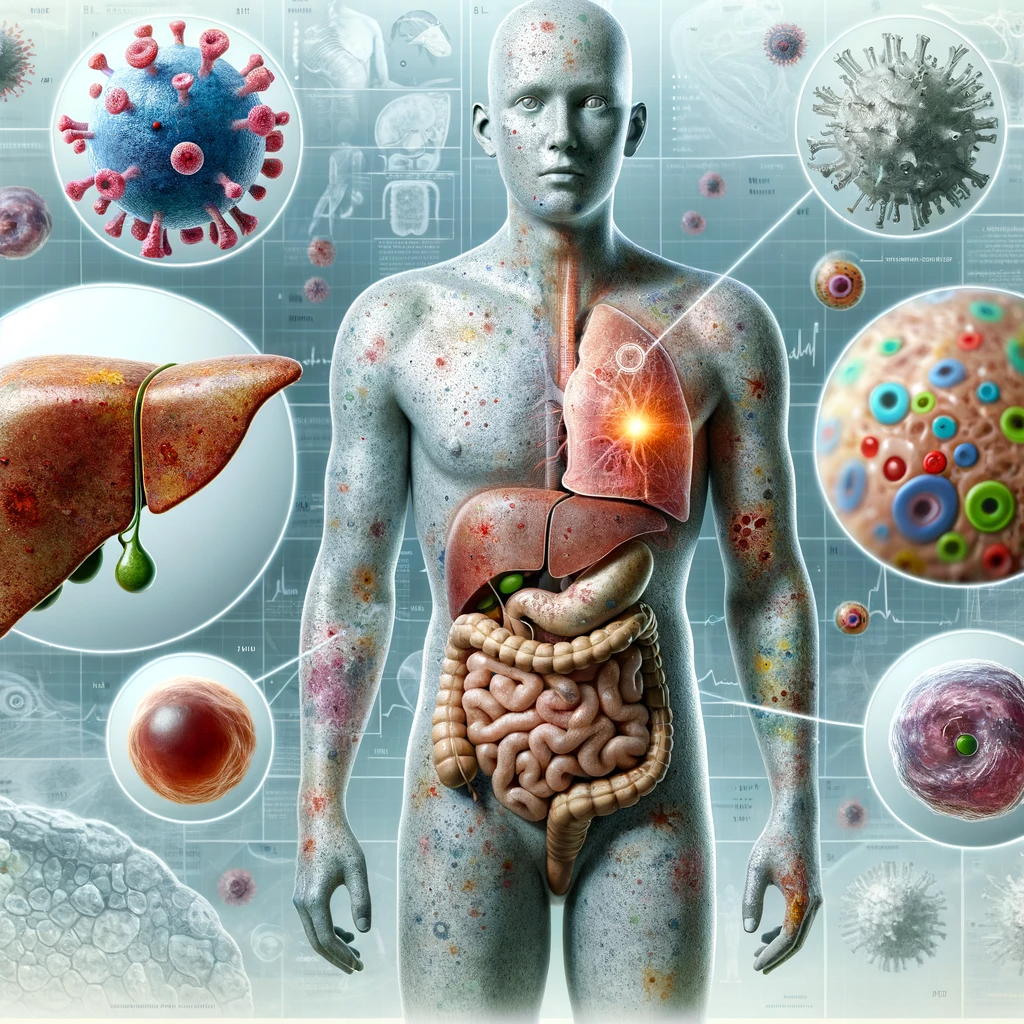 Abstract: Schwannomas, benign nerve sheath tumors arising from Schwann cells, present a clinical challenge due to their nonspecific symptomatology and potential for significant morbidity. This article elucidates current methodologies and emerging strategies in the early detection and diagnosis of schwannomas, emphasizing the integration of sophisticated imaging techniques, biomarkers, and genetic profiling.
Abstract: Schwannomas, benign nerve sheath tumors arising from Schwann cells, present a clinical challenge due to their nonspecific symptomatology and potential for significant morbidity. This article elucidates current methodologies and emerging strategies in the early detection and diagnosis of schwannomas, emphasizing the integration of sophisticated imaging techniques, biomarkers, and genetic profiling.
Introduction: Schwannomas, although benign, can lead to substantial neurological deficits and morbidity, particularly when associated with critical nerve structures. Traditional diagnostic methods, primarily reliant on clinical symptomatology and radiological imaging, have limitations in early detection. Advances in molecular biology and imaging techniques hold promise for more precise and earlier diagnosis, crucial for optimal treatment outcomes.
Pathophysiology and Clinical Presentation: Schwannomas originate from Schwann cells, which myelinate peripheral nerves. Their growth can cause nerve compression, leading to pain, sensory loss, or motor dysfunction. The most common variant, vestibular schwannomas, affects the eighth cranial nerve, presenting as hearing loss or balance disturbances. The heterogeneity in presentation underscores the need for heightened clinical suspicion and advanced diagnostic approaches.
Advancements in Imaging Techniques: High-resolution magnetic resonance imaging (MRI) remains the cornerstone in schwannoma diagnosis. However, recent advancements such as diffusion-weighted imaging (DWI) and positron emission tomography (PET) scans enhance tumor characterization and delineation from surrounding tissues. These modalities are invaluable in detecting small or atypically located schwannomas, which are often elusive on conventional imaging.
Role of Biomarkers and Genetic Profiling: The discovery of biomarkers specific to schwannomas has opened new avenues for early detection. Proteomic and genomic studies have identified potential biomarkers in blood and cerebrospinal fluid that could signal the presence of schwannomas. Additionally, genetic profiling, particularly in cases associated with neurofibromatosis type 2, provides insights into tumor biology and susceptibility, aiding in early identification and personalized management strategies.
Future Directions and Conclusion: While current diagnostic techniques have significantly improved schwannoma detection, ongoing research focuses on refining these approaches. The integration of artificial intelligence in image analysis, exploration of novel biomarkers, and advancements in genetic profiling are anticipated to revolutionize early diagnosis. This will facilitate timely intervention, mitigating complications and improving the quality of life for affected individuals.
The paradigm of schwannoma management is progressively shifting towards a more proactive approach, emphasizing early detection and diagnosis.






